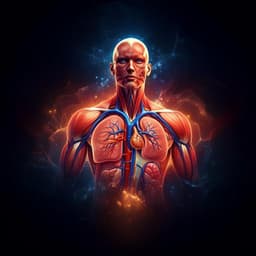
Psychology
The effect of self-esteem on depressive symptoms among adolescents: the mediating roles of hope and anxiety
H. Gu, P. Zhang, et al.
This insightful study by Huang Gu, Panpan Zhang, and Jingyi Li delves into the complex interplay between self-esteem, hope, anxiety, and depressive symptoms in adolescents. With a focus on gender differences, the research reveals that hope and anxiety play distinct roles in mediating these relationships for males and females. Discover the findings that could inform future mental health strategies for youth.
~3 min • Beginner • English
Related Publications
Explore these studies to deepen your understanding of the subject.







